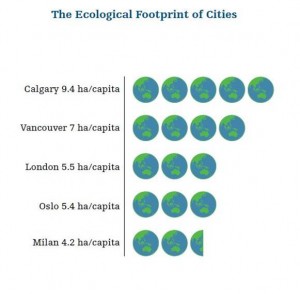The Dasani Deception
“Sir, did you need bottled water? I can give you a cup of water for free?”
This is how I respond to guests who come to my concession stand asking for bottled water (I work at a movie theatre). This line has an 80% diversion rate: 8 out of 10 people who initially wanted a bottle, will walk away with a cup. Even those who specifically asked for Dasani opt for tap water after being asked this question.
I wasn’t always this successful. It took me a good month of trial and failure to formulate the pitch, but I believe it’s now near perfection. Previous versions include:
“Did you want the Dasani or would you like a cup of water for free,” which later became “did you want bottled water or would you like a cup of water for free.” These statements however had little effect on people; around 90% would stick to bottled.
So how is it that a simple change in word choice, has allowed me to not just influence, but actually change what people want? Well it’s because I realized that what I was dealing with was just that, a manufactured want.
My first lesson in trying to change wants was to never mention the brand. When they asked for Dasani, and I replied with a choice between Dasani or tap water, the alternative I was trying to nudge them towards had no chance. In the customer’s mind, the generic tap, of “questionable” water quality, was being pitted against the powerful, globally recognized, and long marketed Dasani brand. It wasn’t a fair fight.
However even when I caught on to this, and started rephrasing the choice as one between bottled and tap water, my results didn’t significantly improve. Why do they want the more expensive option? Well for one thing it’s what they’ve been socially conditioned to ask for, but I knew they didn’t need bottled, they just wanted it. Then it hit me. The direction I had to point my question towards was their actual needs.
As such, now I ask “do you need bottled water,” to which the chooser will answer in their head, “well no I don’t really.” Then this is where I get real sneaky, instead of making it a choice between two options like before, I just ask another question before the chooser has a chance to verbally answer the first. When I say “I can give you…for free,” the chooser who undoubtedly has positive conceptions about receiving free things would answer, at least in their head, “sure why not!”
———————————————————————————————————–
Now you may be wondering why the heck I’ve tried so hard to “direct” my customers in this manner, especially given the risk to my employment (managers don’t appreciate me hindering the bottom line, but I’m helpful in other regards so they keep me around). Well it’s because the plastic water bottle market serves a manufactured demand that is extremely dangerous to the environment. I implore you to watch the following video, as it explains unequivocally what I mean by manufactured demand, and the resulting environmental effects. Even if you already don’t buy plastic water bottles this video presents an abundance of facts and arguments that might help you convey to your friends why they shouldn’t buy as well. Also next week I will dig deeper into this topic, so you can think of this video as required homework for us to continue our movement.

Have you watched the video? Awesome! You learnt a lot didn’t you? Most people don’t know all that stuff though and that’s why I try hard no matter where I am to nudge people in a more sustainable direction. We’ve got a lot of work to do. Don’t believe me? Next time you’re sitting in the library, look around and you’ll see so many plastic bottles that you’ll cringe, I know I do. But there’s no point looking down upon our peers, it’s not their fault, they don’t know any better. Their behavior is the result of successful marketing, but I hope by reading this entry you can see that we all have the power to counter market in our own spheres of influence. Spread the facts, share the videos, and join the revol[ve]ution! We’re going back to cyclical consumption, by ending this disposable lifestyle.
Note: If you liked the Story of Bottled Water, you should watch the Story of Stuff, that will blow you away even more! Also you can check out the documentary called Tapped, it’s very cheap on iTunes.
 Comments(1)
Comments(1)